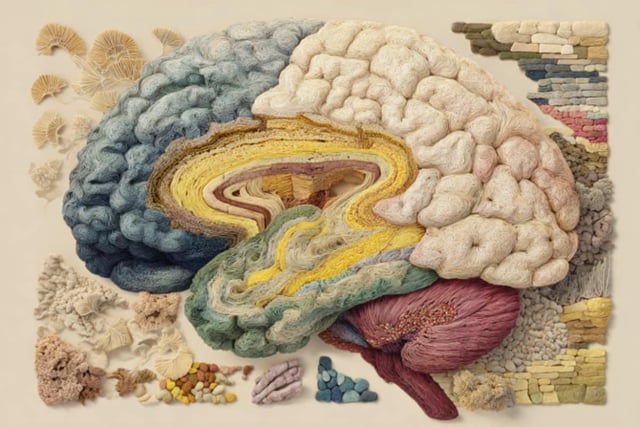Overview
- High-resolution 7-Tesla MRI in 60 adults revealed that middle and upper layers of the primary somatosensory cortex remain stable or thicken while deeper modulatory layers undergo age-related thinning.
- Parallel mouse experiments demonstrated that thinning deep layers exhibit increased myelin content and elevated counts of specific neuron types, indicating partial cellular compensation.
- Layer-specific patterns may explain why practiced fine sensorimotor skills persist in older adults even as contextual modulation of touch becomes more vulnerable in noisy or distracting environments.
- A single-case study of a 52-year-old born without a limb illustrated use-dependent neuroplasticity, with deprived cortical areas showing distinct structural alterations.
- Authors emphasize the need for longitudinal and interventional research to determine whether targeted sensory stimulation can sustain these compensatory mechanisms into advanced age.

